Idea by
Ziyuan Zhu, Yunqi Wei, Alessio Grancini, Biayna Bogosian
Call for ideas 2021
FuturEats
FuturEats
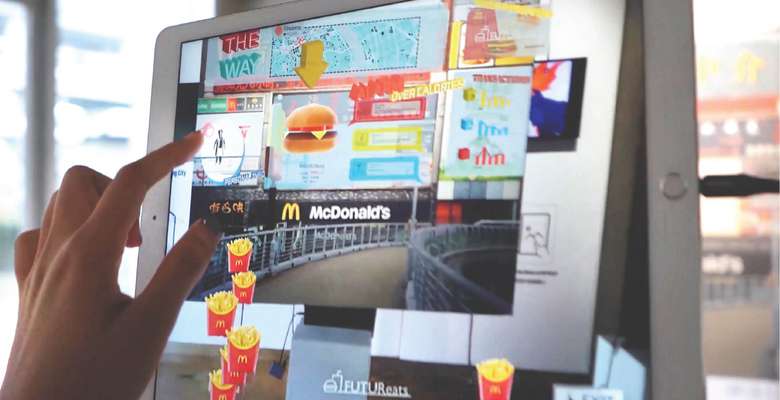
- New alliances
The accumulated digital information and the deterioration of the urban infrastructure make the gap between the virtual world and physical urban space deeper and deeper gradually.
How might we transferring the easily overlooked physical urban space into a civic information platform and recycle the disposed of infrastructure into a hyper urban information platform?
We proposed FuturEats, a virtual platform that transfers the (un)used urban infrastructure into civic information platform and continuously engages people in urban civic action through the lens of real-time AR.

Shanghai, like many other highly populated city hubs, presents an interesting urban condition where advertising billboards are “exposed” to pedestrians from an elevated platform that allows a safe and efficient way to walk around the city.

With FuturEats, a virtual platform that transfers the (un)used urban infrastructure into civic information platform and continuously engages people in urban civic action through the lens of real-time AR, we transfer urban facade into playful interface.
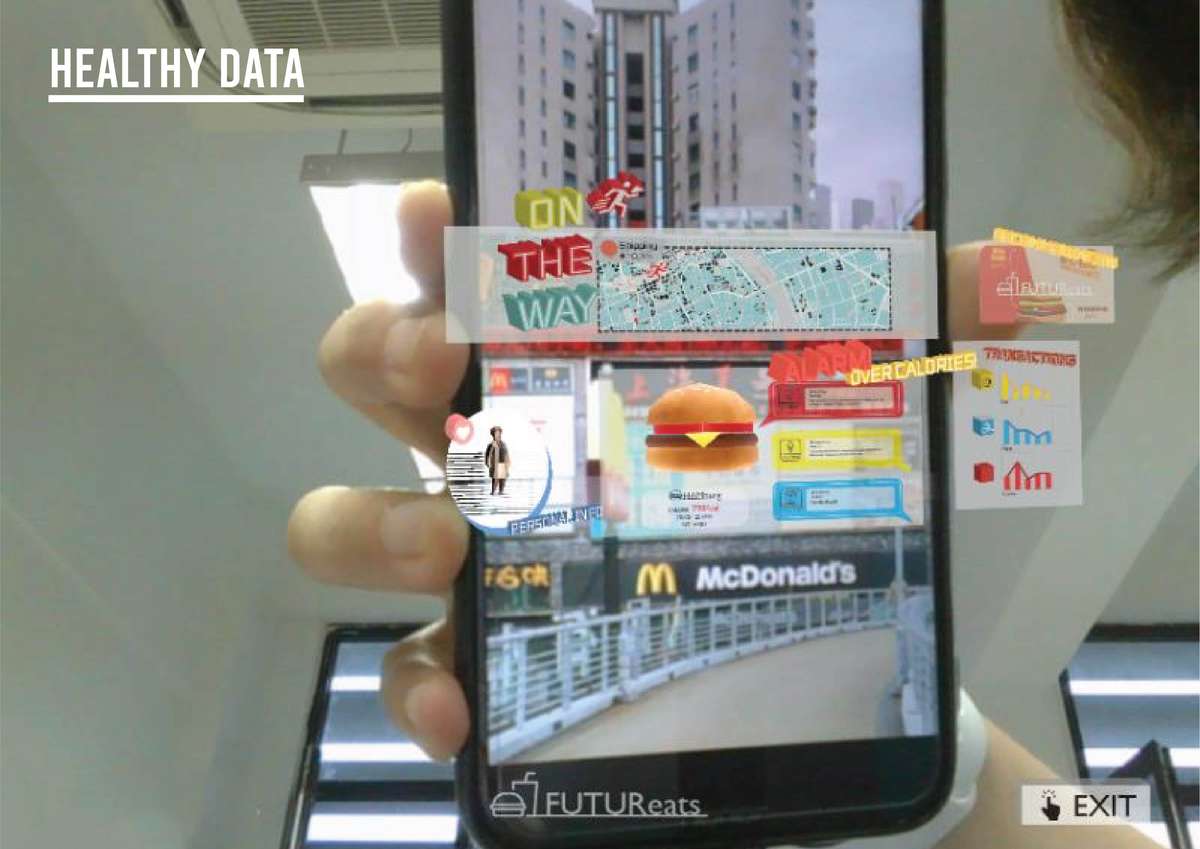
Citizens can use FuturEats AR check related information about food

As well as well-organized location-based restaurant information
FuturEats
FuturEats

- New alliances
The accumulated digital information and the deterioration of the urban infrastructure make the gap between the virtual world and physical urban space deeper and deeper gradually.
How might we transferring the easily overlooked physical urban space into a civic information platform and recycle the disposed of infrastructure into a hyper urban information platform?
We proposed FuturEats, a virtual platform that transfers the (un)used urban infrastructure into civic information platform and continuously engages people in urban civic action through the lens of real-time AR.
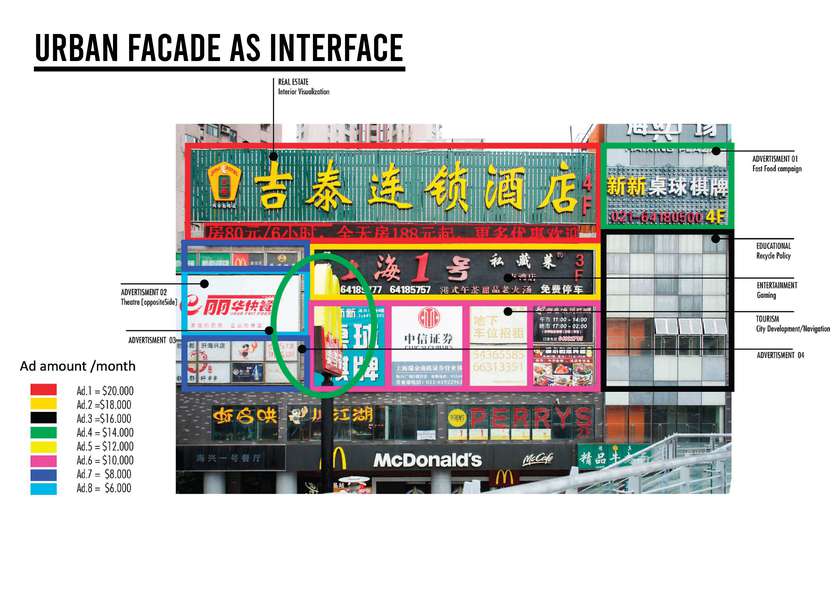
Shanghai, like many other highly populated city hubs, presents an interesting urban condition where advertising billboards are “exposed” to pedestrians from an elevated platform that allows a safe and efficient way to walk around the city.
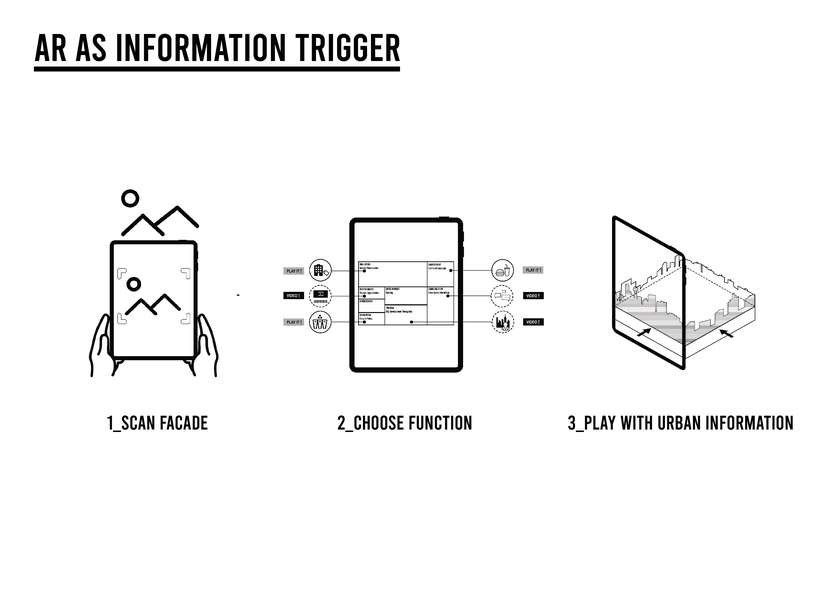
With FuturEats, a virtual platform that transfers the (un)used urban infrastructure into civic information platform and continuously engages people in urban civic action through the lens of real-time AR, we transfer urban facade into playful interface.
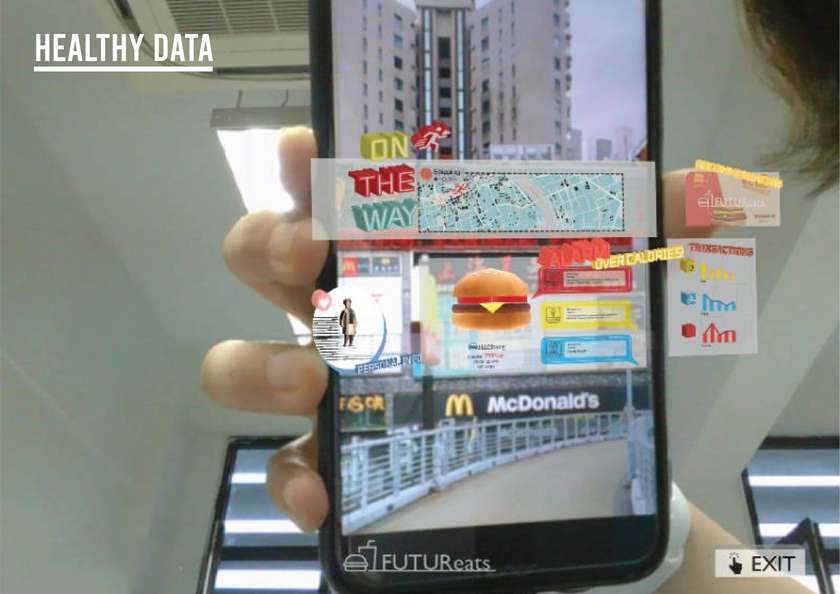
Citizens can use FuturEats AR check related information about food
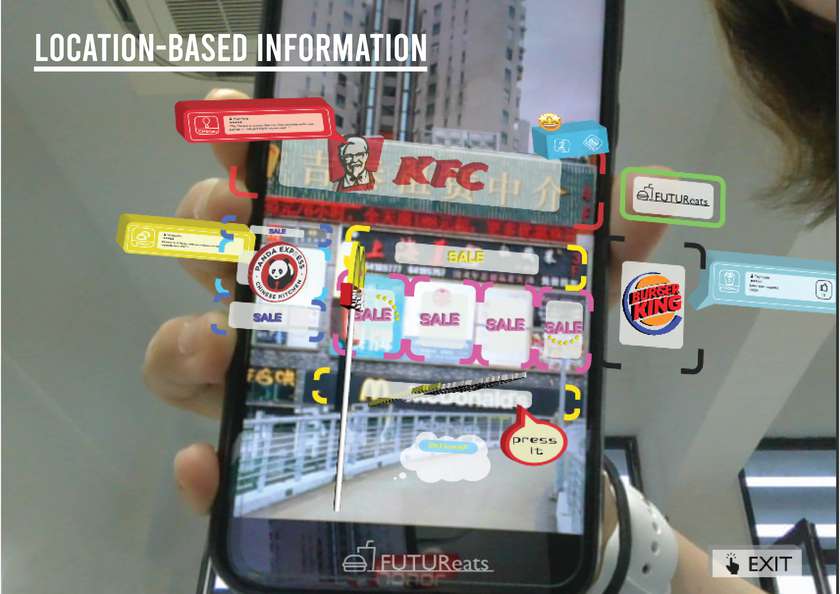
As well as well-organized location-based restaurant information